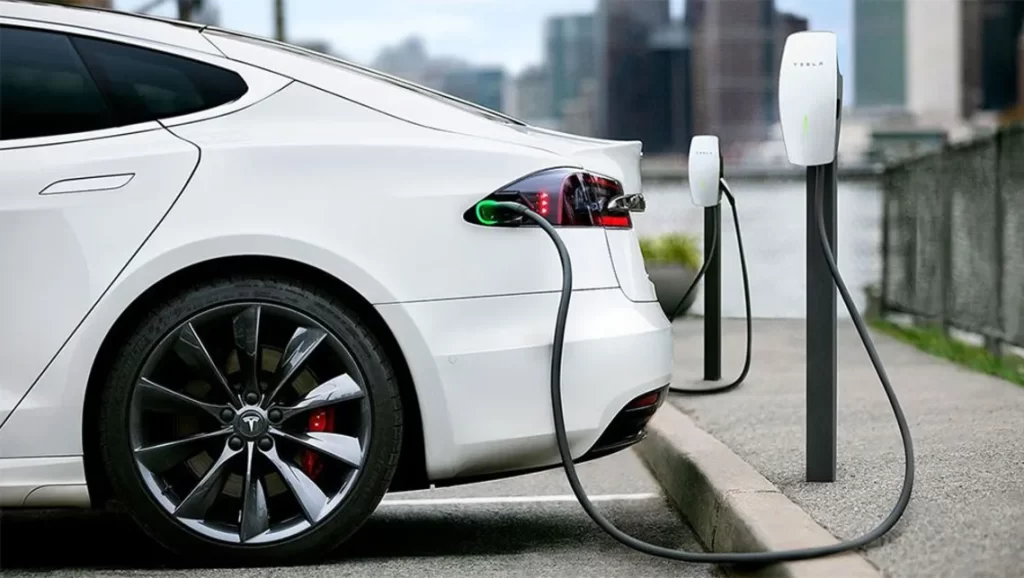Business
Driving Electric Vehicles Is Getting Greener Especially in the US
An analysis of data on power-sector emissions in 2022 reveals that the cleanliness of Electric Vehicles (EVs) depends on the power used to charge their batteries.
Different countries have varying levels of clean energy sources for generating electricity. According to Ember, an independent energy think tank, the electricity used to charge the batteries of EVs in China, for example, primarily comes from CO2-heavy coal, reducing the EVs’ impact on combating climate change.
In contrast, the United States produced electricity with lower carbon emissions in 2022. In Germany, power-sector carbon emissions increased, making Electric Vehicles less climate friendly than in the U.S. or neighboring France.
The U.S. has made significant progress in reducing power-sector emissions, resulting in cleaner EVs as more renewable energy sources contribute to the electricity grid.
Get Wall Street Journal 2-Year Print Subscription for $480
The Union of Concerned Scientists reports that overall power-sector emissions decrease as the grid gets cleaner, positively affecting the emissions of Electric Vehicles on the road.
Recent studies indicate that EVs are always a more climate-friendly choice than gasoline vehicles, considering their lower emissions during manufacturing and operation. The emissions from power generation worldwide have also decreased since 2007.
However, due to different energy sources used by countries, there are still significant variations in emission-efficiency when driving EVs globally.
Within the European Union, carbon emissions have decreased, but the cleanliness of electric cars varies based on each country’s power production. Norway and France have lower emissions due to their reliance on hydropower and nuclear power, respectively. In contrast, Poland heavily relies on coal, resulting in higher emissions.
Get WSJ Print Edition Subscription 1 Year for $318
The BRIC economies (Brazil, Russia, India, and China) show significant differences in carbon emissions based on their energy sources.
Brazil is a leader in renewable energy adoption, with a majority of its power coming from renewable sources. India has high emissions due to its reliance on coal, oil, and natural gas. China, despite being a major market for Electric Vehicles, has high emissions but is actively increasing its nuclear power capacity, which is expected to reduce emissions in the future.
Globally, the share of wind and solar power in electricity generation is increasing, and many countries are expanding their renewable energy sources.
Ember analysts predict that global power generation is approaching a tipping point where the majority of electricity demand will be met by renewable energy, making it even cleaner to drive an electric car worldwide.

